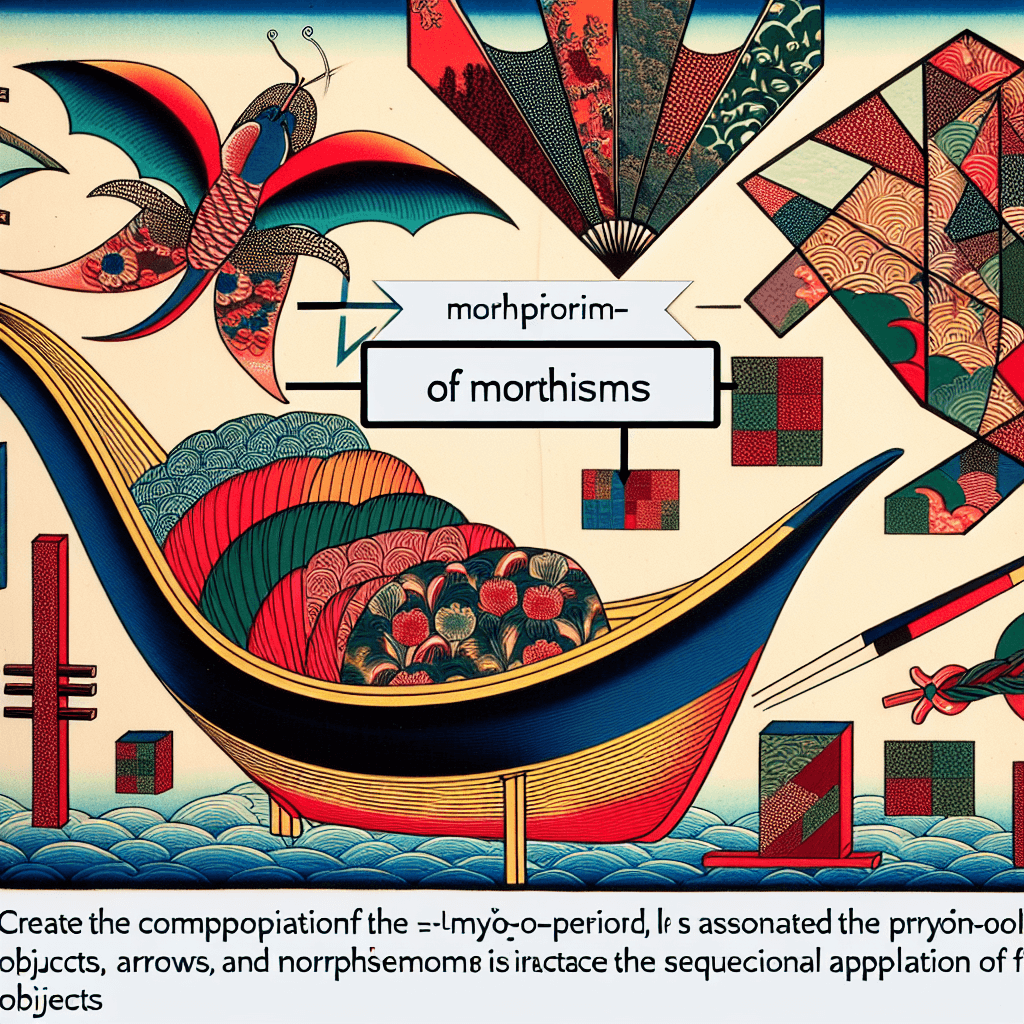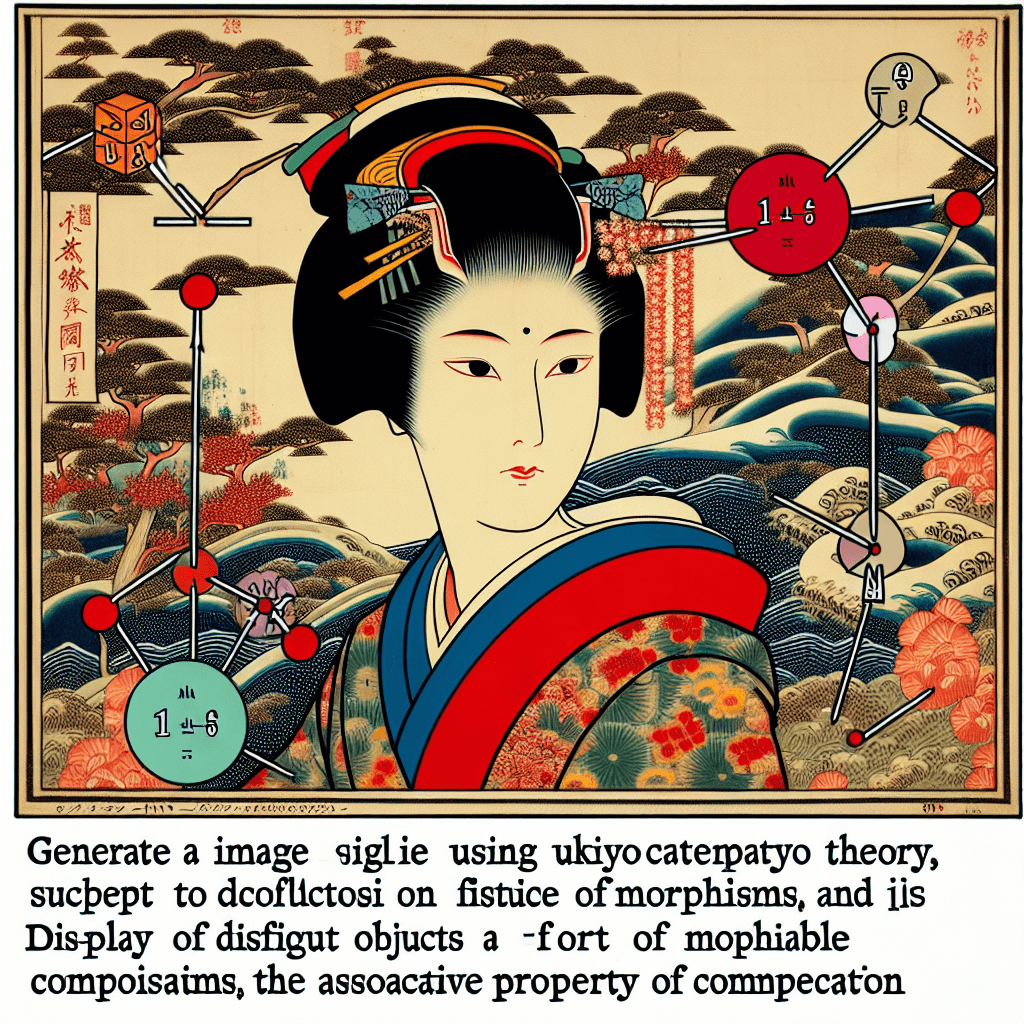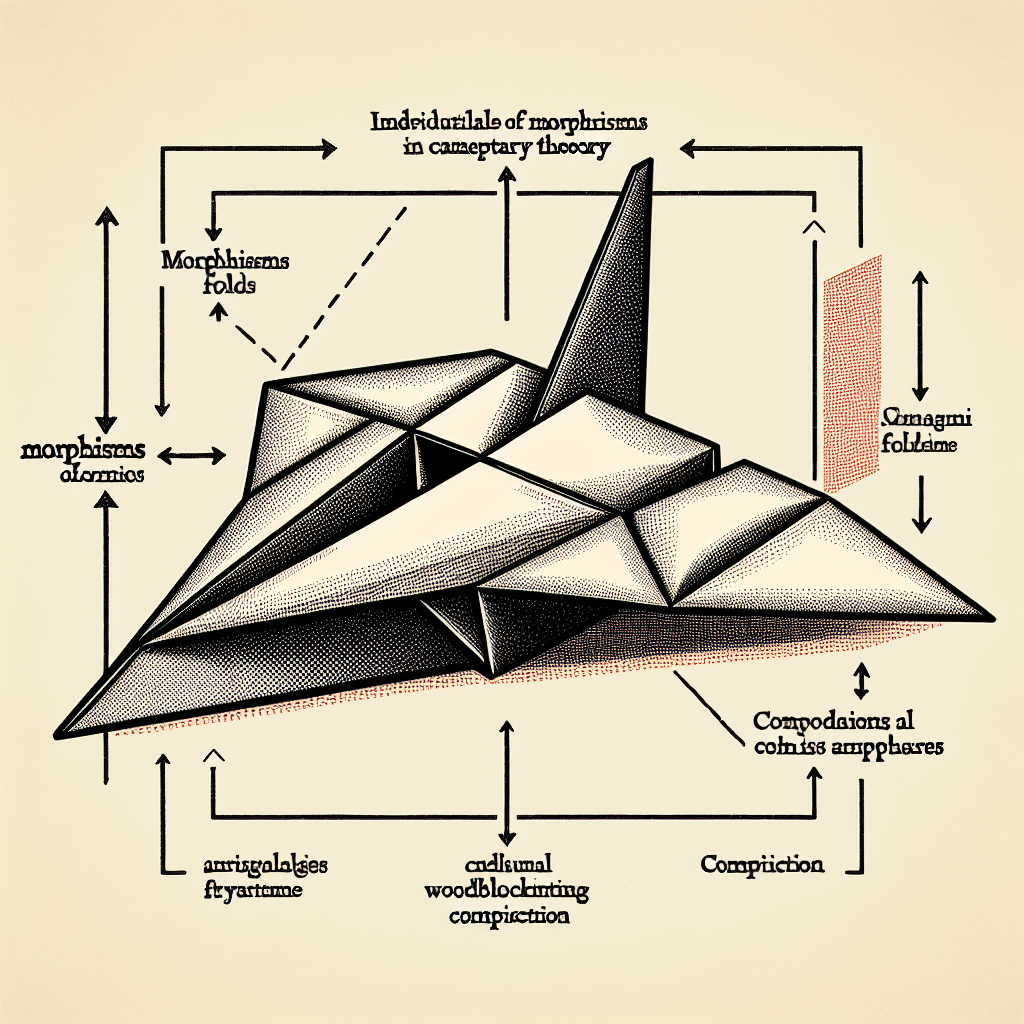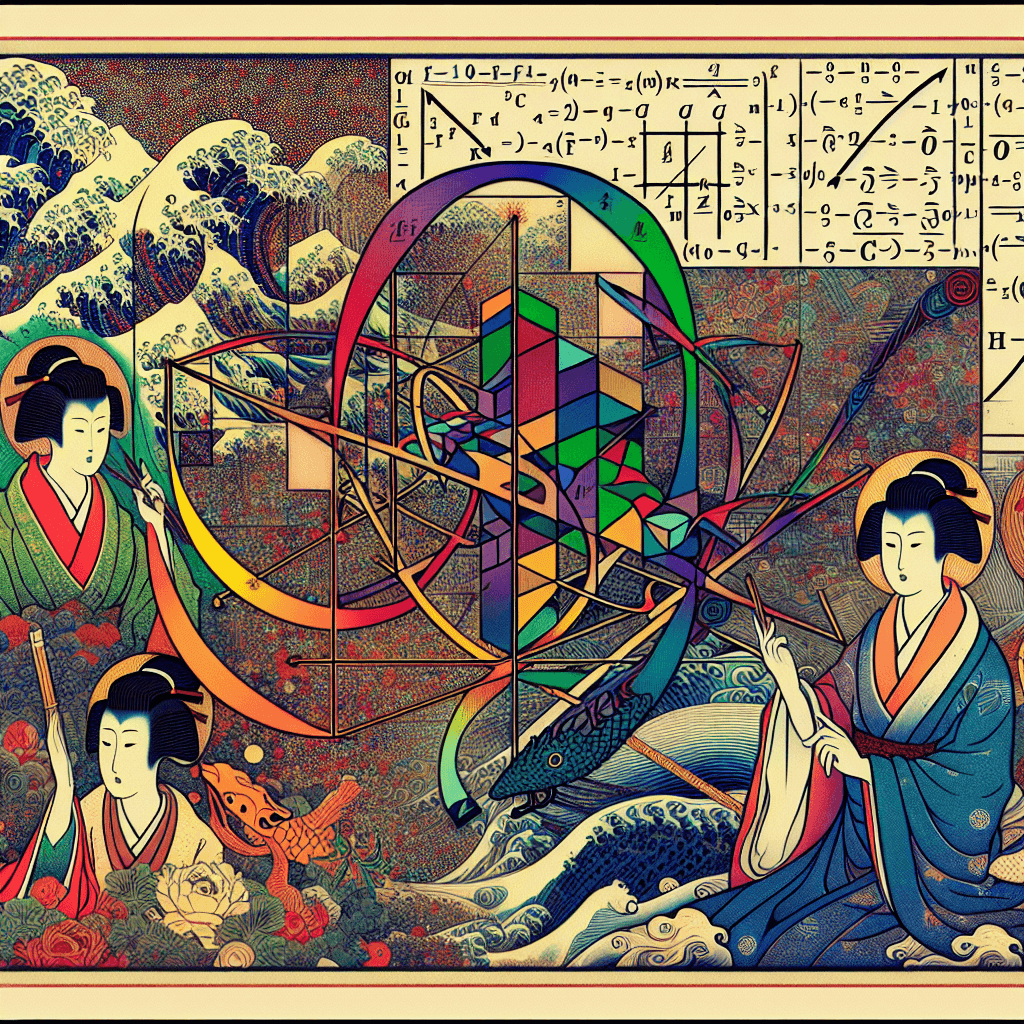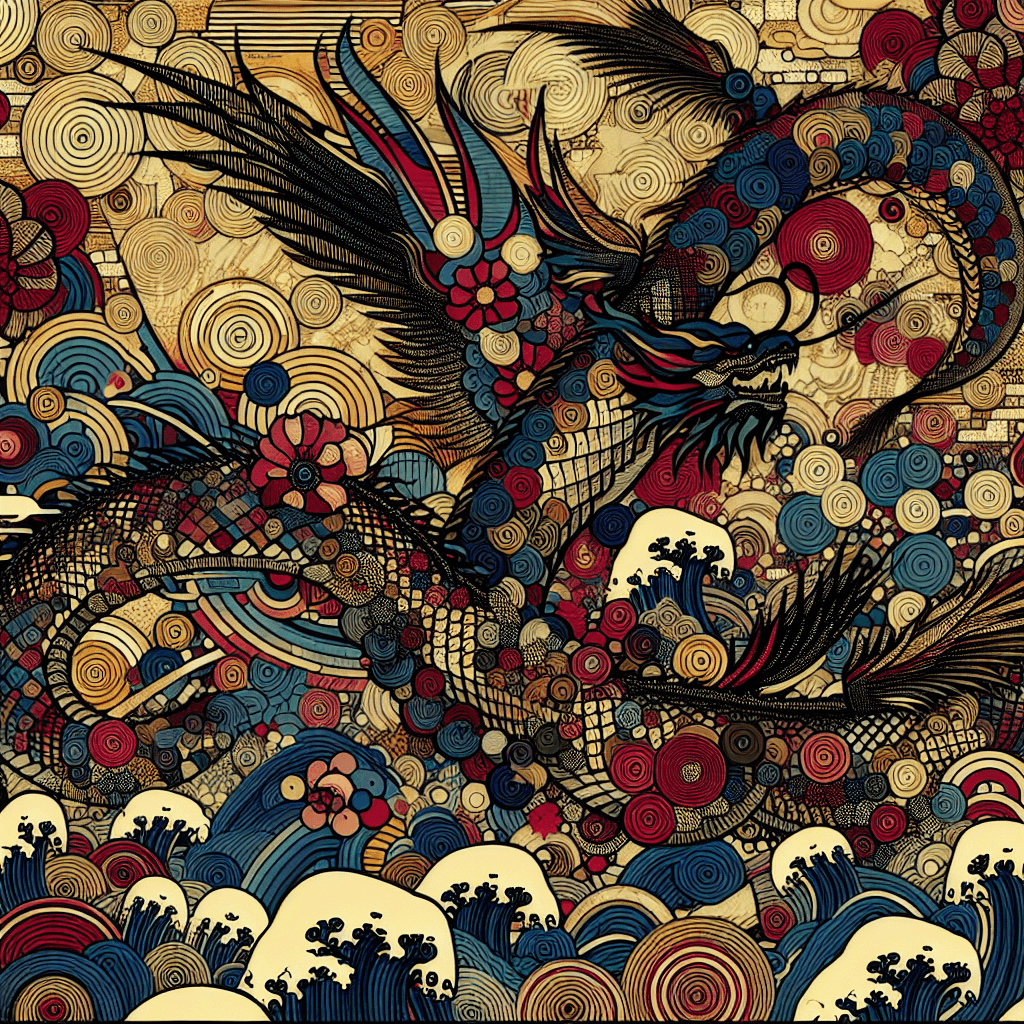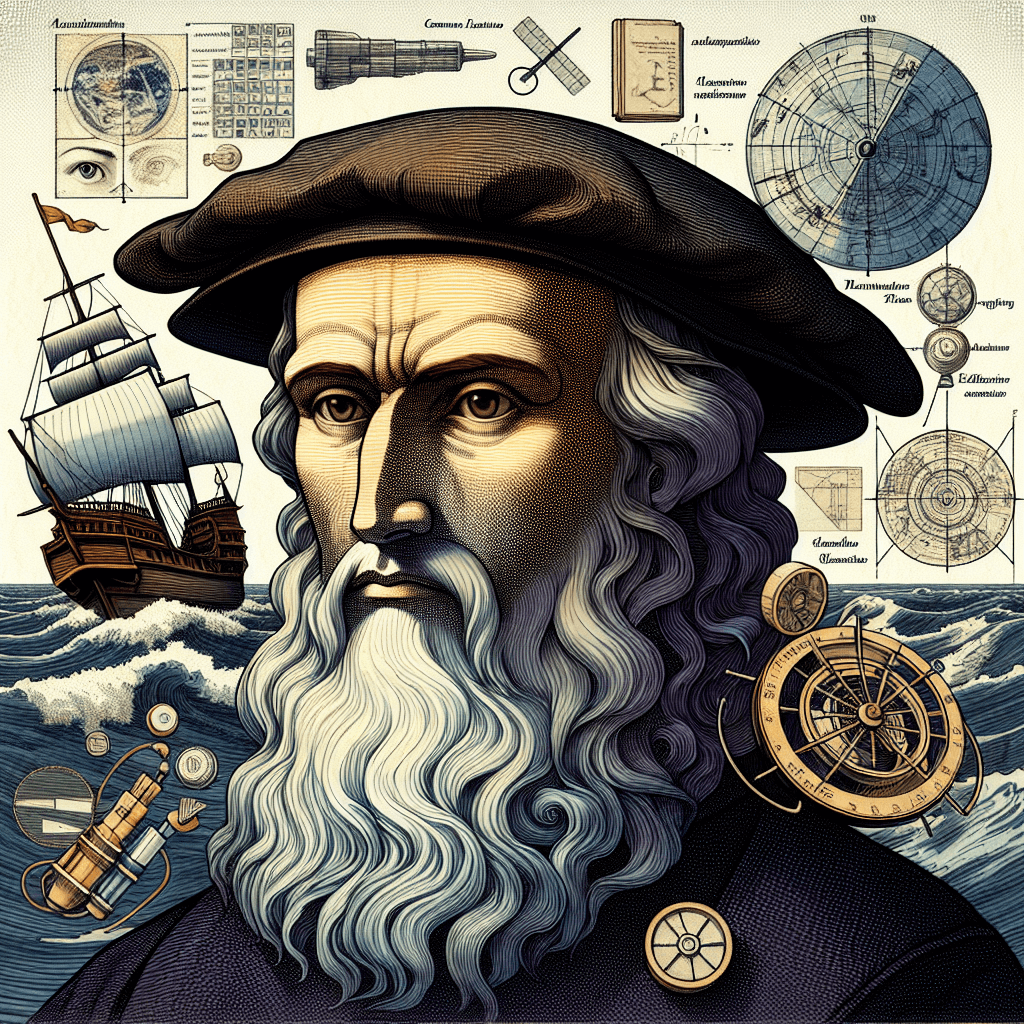Artistic Mastery: Paintings & Techniques of Leonardo da Vinci
syndu | Feb. 20, 2025, 4:59 p.m.
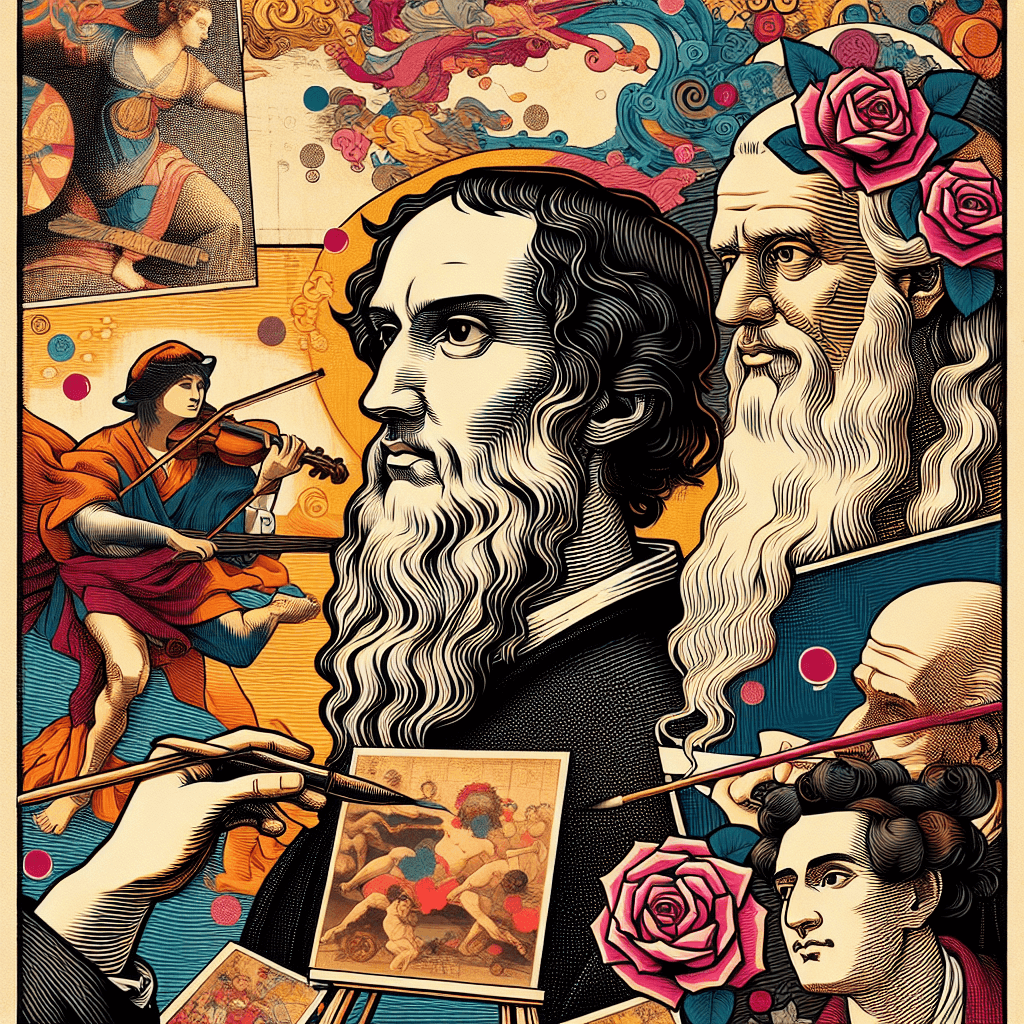
Artistic Mastery: Paintings & Techniques of Leonardo da Vinci
Leonardo da Vinci, a towering figure of the Renaissance, is celebrated for his unparalleled contributions to art and science. Among his many achievements, da Vinci’s mastery of painting stands out, characterized by innovative techniques and a relentless pursuit of realism. This blog post delves into some of his most iconic works, such as the Mona Lisa and The Last Supper, highlighting the signature methods he employed, including sfumato and chiaroscuro, to achieve heightened realism and emotional depth.
The Mona Lisa: A Study in Sfumato
The Mona Lisa, arguably Leonardo’s most famous painting, epitomizes his use of sfumato—a technique that involves the delicate blending of colors and tones to create soft transitions and a lifelike appearance. This method allows for the subtle gradation of light and shadow, giving the painting its characteristic ethereal quality.
Leonardo’s application of sfumato in the Mona Lisa is particularly evident in the subject’s enigmatic smile and the gentle contours of her face. The seamless transitions between light and dark areas create a sense of depth and volume, drawing viewers into the painting’s mysterious allure. This technique, combined with Leonardo’s meticulous attention to detail, results in a portrait that continues to captivate audiences worldwide.
The Last Supper: Chiaroscuro and Composition
The Last Supper, another of Leonardo’s masterpieces, showcases his skillful use of chiaroscuro—a technique that employs strong contrasts between light and dark to achieve a sense of volume and three-dimensionality. In this iconic fresco, Leonardo masterfully directs the viewer’s attention to the central figure of Jesus, using light to highlight his presence amidst the surrounding apostles.
Leonardo’s composition in the Last Supper is equally noteworthy. He arranges the apostles in dynamic groupings, capturing a moment of intense emotion and drama. The use of linear perspective further enhances the painting’s realism, drawing the viewer’s eye toward the vanishing point behind Jesus’s head. This combination of chiaroscuro, composition, and perspective demonstrates Leonardo’s innovative approach to storytelling through art.
Innovations in Realism
Leonardo’s pursuit of realism extended beyond technique to include a deep understanding of human anatomy and natural phenomena. His extensive studies of the human body informed his ability to depict figures with anatomical accuracy and lifelike proportions. This commitment to realism is evident in his sketches and preparatory drawings, which reveal a keen observation of the natural world.
In addition to his anatomical studies, Leonardo’s fascination with light and shadow played a crucial role in his artistic process. He meticulously observed how light interacted with surfaces, using this knowledge to create paintings that captured the subtleties of human expression and the play of light across different textures.
Conclusion
Leonardo da Vinci’s artistic mastery is a testament to his innovative spirit and dedication to realism. Through techniques like sfumato and chiaroscuro, he transformed the art of painting, creating works that continue to inspire and intrigue. His ability to blend scientific inquiry with artistic expression set a new standard for realism, influencing generations of artists and solidifying his legacy as one of history’s greatest painters.
As we explore Leonardo’s paintings and techniques, we gain a deeper appreciation for the genius that drove him to push the boundaries of art. His legacy endures not only in the masterpieces he left behind but also in the countless artists who have drawn inspiration from his work, continuing the quest for beauty and truth in art.
